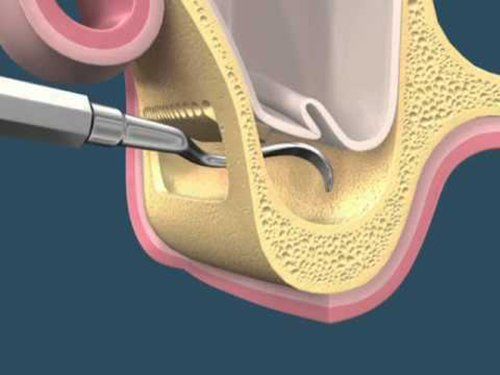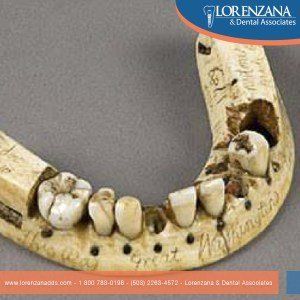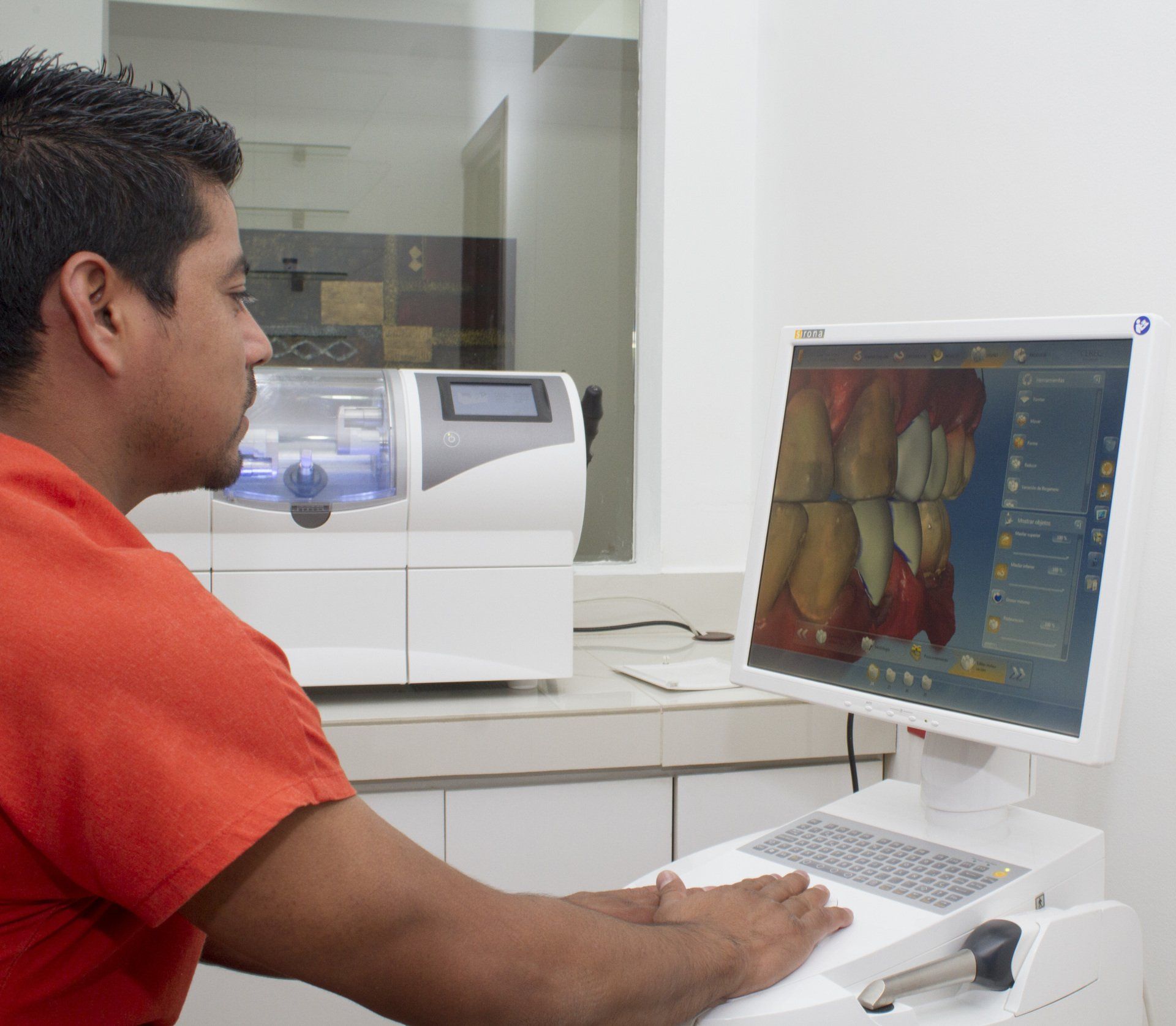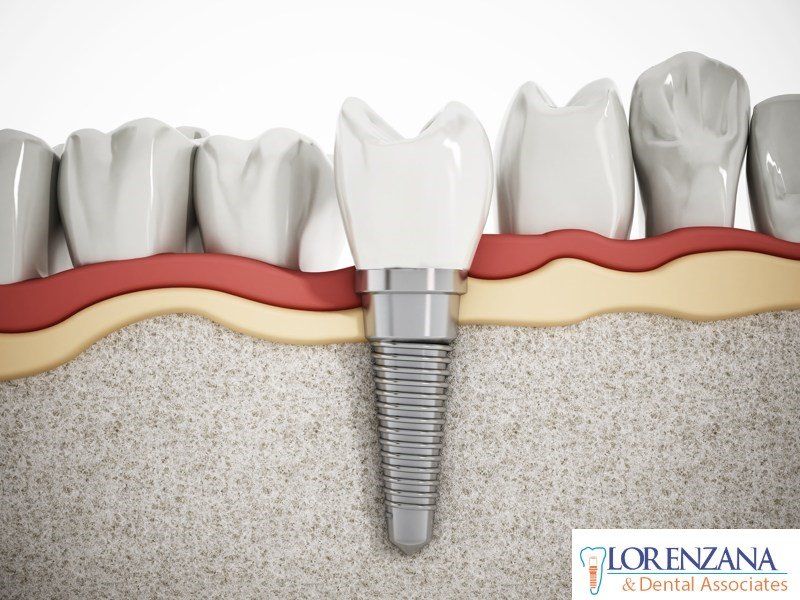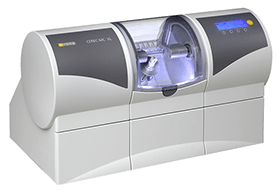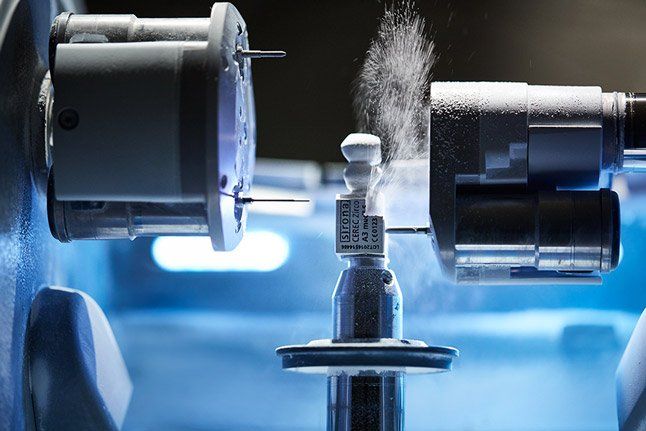Titanium Dental Implants and Bone Graft

Dental implant surgery is usually an outpatient surgery performed in stages:
- Your damaged tooth is removed.
- Your jawbone is prepared for surgery, a process that may involve bone grafting.
- After your jawbone heals, your oral surgeon places the dental implant metal post in your jawbone.
- You go through a healing period that may last several months.
- Your oral surgeon places the abutment — an extension of the dental implant metal post — followed by your new artificial tooth (crown).
The entire process can take many months from start to finish — three to nine months and sometimes longer. Much of that time is devoted to healing and waiting for the growth of new bone in your jaw.
When bone grafting is required
If your jawbone isn't thick enough or is too soft, you may need bone grafting before you can have dental implant surgery. That's because the powerful chewing action of your mouth exerts great pressure on your bone, and if it can't support the implant, the surgery likely would fail. A bone graft can create a more solid base for the dental implant.
With bone grafting, a piece of bone is removed from another part of your jaw or your body — your hip, for example — and transplanted to your jawbone. It may take up to nine months for the transplanted bone to grow enough new bone to support a dental implant. In some cases, you may need only minor bone grafting, which can be done at the same time as the implant surgery. The condition of your jawbone determines how you proceed.
offers a team of dental professionals well trained in dental implant rehabilitation. Its director, Dr. Rafael Lorenzana is a prosthodontist certified by the American Board of Prosthodontics (the only certified prosthodontist practicing in Latin America), He is a fellow of the American College of Prosthodontists, and former professor at Baylor College of Dentistry at the Medical University of South Carolina, and he has established successful private practices of dental implant rehabilitation in both Dallas, TX and San Salvador, El Salvador.
Give us a call ! we are waiting for you !
Implantes Dentales - Injerto de Hueso

Lo que puede esperar. La cirugía de implante dental es generalmente una cirugía ambulatoria realizada en etapas:
- Se retira el diente dañado.
- Su mandíbula se prepara para la cirugía, un proceso que puede implicar el injerto óseo.
- Después de la mandíbula ha sanado, el cirujano oral coloca el poste de metal de implante dental en el hueso maxilar.
Cuando se requiere un injerto óseo Si su mandíbula no es lo suficientemente gruesa o es demasiado suave, puede ser necesario un injerto óseo antes de tener la cirugía de implante dental. Esto se debe a la acción de masticación poderosa de tu boca ejerce una gran presión sobre el hueso, y si no puede apoyar el implante, la cirugía probablemente fracasaría.
Un injerto de hueso puede crear una base más sólida para el implante dental. Con el injerto óseo, un pedazo de hueso se elimina de otra parte de su mandíbula o su cuerpo - de la cadera, por ejemplo - y se trasplanta a su mandíbula. Puede tomar hasta nueve meses para que el hueso trasplantado a crecer hueso nuevo lo suficiente para mantener un implante dental. En algunos casos, puede ser necesario sólo injerto óseo menor de edad, lo que puede hacerse al mismo tiempo que la cirugía de implantes.
La condición de su mandíbula determina la forma de proceder. ofrece un equipo de profesionales de la odontología bien entrenados en la rehabilitación de implantes dentales.
